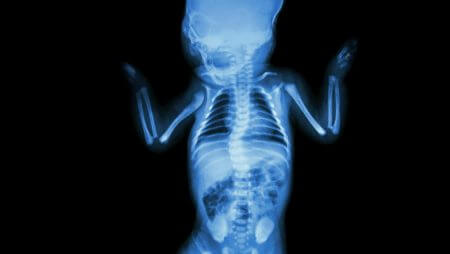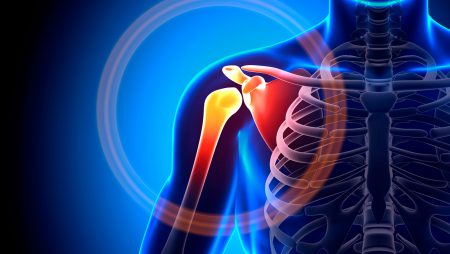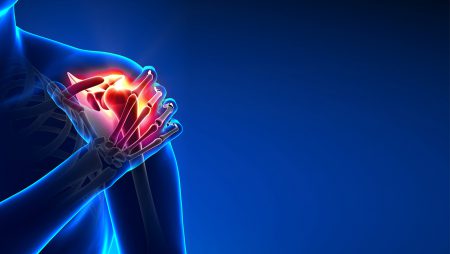Prosthetics are artificial limbs used externally to enable individuals to perform their daily activities as a result of loss of tumors, vascular diseases, diabetes or accidental consequences on some limbs of the body.
Some features need to be considered in determining the prosthesis. These are the situation of the person’s body, which is called age, activity level, work and stump. The stump is the rest of the body after amputation. Besides these properties, the physical and psychological situation is also very important.
The Social Security Institution makes payments on the basis of the report of the prosthesis which is suitable for the patient. At the same time, if the occupational accident after the accident is the employer or the traffic accident, the prosthesis payments are made in the traffic and automobile insurance.
The prostheses are named according to the lost limbs. There are no legs in loss from hip joints, hip replacementartments are used. Knee joints are called knee disarticulation for knee-level knees, knee disarticulation for knee joints, and knee and foot prostheses for knee joints.
Denture Prostheses
Prostheses used for stumps between dorsal and ankle are knee prostheses. The preferred stub length for comfort in the use of the prosthesis is amputations made from the middle 1/3 of the Tibia bone. If the stump size is longer or shorter, different prostheses are used.
It is recommended to use temporary prosthesis for successful prosthesis application. Temporary prostheses are beginning to be used as soon as the wound is healed. Generally, a temporary prosthesis should be applied 10 to 15 days after surgery.
Provisional prosthesis benefits:
- Helps to walk early.
- Provides the shape of a gesture.
- Allows pre-evaluation of problems in permanent prosthesis.
- Provides positive motivation.
- Provides adaptation of the prosthesis to the prosthesis.
- Ortho-prosthesis
Later or in the case of birth defective legs, lack of legs does not allow orthosis. In this case, the existing short prosthesis is required. Ortho-prosthesis is called because the device to be made is a mixture of orthosis and prosthesis.
Knee Arthritis Technique
Amputations arising from the complete removal of the dorsal portion of the knee from the knee joint are called Knee Disequilization. The femur, which is the upper leg of the leg, is not cut in these stumps. Thus, the prosthesis can be loaded on the tip of the stump. It is comfortable to use thanks to its long length and is no problem with other stumps.
Knee Prostheses
The prostheses used for the stumps between the knee and the hip joint are called Longevity Technique. Stump length is very important for comfort. Classical and modular.
1. Microprocessor Laptop Technician
With the development of technology, prostheses now provide easier walking. Different walking speeds and sensors for step-by-step construction fit the sensor. This makes it easier to use. Going down the stairs allows you to walk freely on the ramps.
2. Modular Laptop Technician
Prosthetics parts are produced from materials such as steel, aluminum, titanium or carbon. Modular adapters with tube and adapter are covered with cosmetic coating. It is expensive compared to classical prostheses, but the advantages are more.
Since all modular parts can be removed and replaced, the possibility of adjustment makes it possible for the resulting prosthesis to change as the stump changes. In this respect, both economical and lifetime are over.
One of the most important parts of the prosthesis is the prosthetic legs used. Thanks to the developing technology, prostheses have been manufactured which can mimic foot movements.
Hip Disarticulation Prosthesis
The hip prosthesis is called hip disarticulation prosthesis, which is used as a result of removing the entire hip from the middle of the hip joint. One should control hip, knee and foot joints in prosthesis. The shaft is shaped like a basket that surrounds the calf to provide the release of the boots and the decentration of the prosthesis.
1. Hip Hemipelvectomy Prosthesis
It is the prosthesis used in amputations that have to be taken from the hip bone and pelvis bone. In recent years, prostheses with special joints with hydraulic system have begun to be used.
2. Hip Corpectomy Technician
Since the hip joint and the pelvic bone are largely removed, there is no significant part of the body. For this reason, special techniques are being used to balance prosthesis construction.





